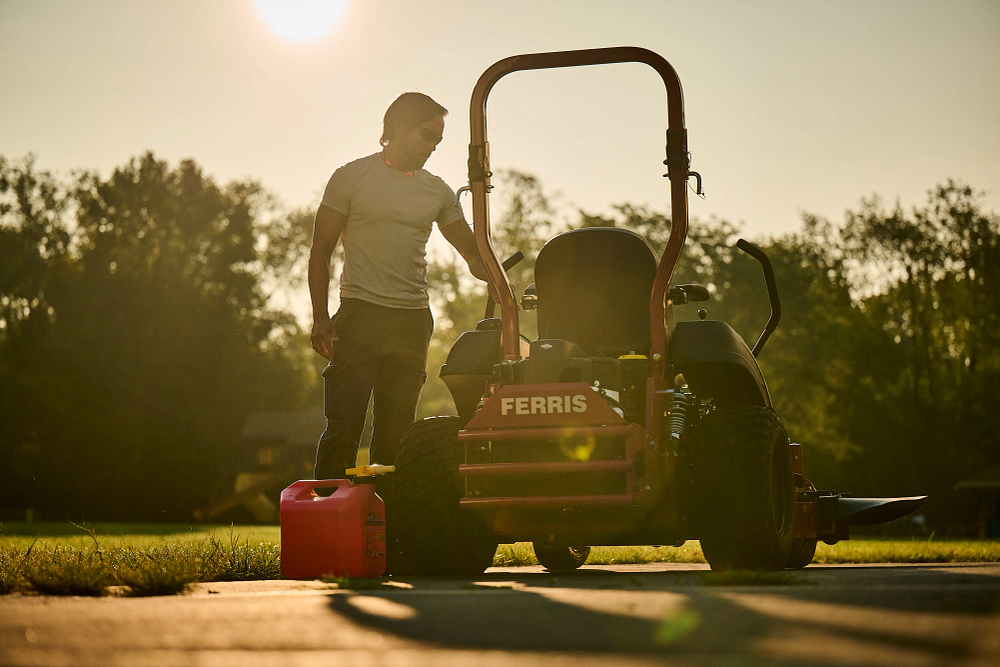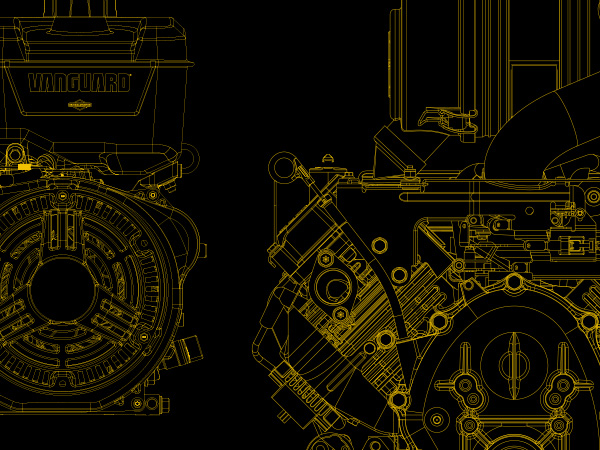Fuel Recommendations

Fuel must meet these requirements for all 4 stroke cycle spark ignited engines.
Gasoline with up to 10% ethanol (gasohol) is acceptable
Clean, fresh, unleaded gasoline.
A minimum of 87 octane/ 87 AKI (91 RON). High altitude use, see below.
Gasoline with up to 10% ethanol (gasohol).
CAUTION: Do not mix oil in gasoline, or modify engine to run on alternate fuels. This will damage the engine components and void the engine warranty.
To protect the fuel system from gum formation, mix in a fuel stabilizer when adding fuel. See Storage section below.
All fuel is not the same. If starting or performance problems occur, change fuel providers or change brands. This engine is certified to operate on gasoline. The emissions control system for this engine is EM (Engine Modifications).
High Altitude
For carbureted engines operating in altitudes over 5,000 (1524 meters) a minimum 85 octane / 85 AKI (89 Ron) gasoline is acceptable. To remain emission compliant and optimize performance, installation of the high altitude jet maybe required (not applicable on EFI engines).
Operation of the engine at altitudes below 2,500 feet (762 meters) with the high altitude jet is not recommended.
Storage
Fuel will become stale when stored over 30 days. Stale fuel causes acid and gum deposits to form in fuel system or on essential carburetor parts. To keep fuel fresh, use a fuel stabilizer.
With fuel treatment, you don’t need to drain costly gasoline from your small engine to safely store your equipment. Simply follow these steps for proper storage:
- Add fuel treatment according to instructions
- Run engine for 2 minutes to circulate stabilizer through the fuel system
- Store lawn mower or equipment in clean, dry place for up to 24 months
If gasoline in the small engine has not been treated with a fuel stabilizer, it must be drained into an approved container. Run the engine until it stops from lack of fuel.
The use of a fuel stabilizer in the storage container is recommended to maintain freshness. It is also recommended that fuel is purchased in quantities that can be used within 30 days. This will assure fuel freshness and volatility tailored to the season.
NOTE: Briggs & Stratton engines are not designed to run on E85 fuel. E85 is a blend of 85% ethanol (alcohol) and 15% gasoline, which is not compatible with most engines intended to run on regular gasoline. While alcohol is an excellent octane booster, it delivers less power, having an energy value of only about 77,000 Btu per gallon versus 114,000 Btu for regular gasoline. E85 also demands a different fuel-to-air ratio to burn efficiently, requiring specially calibrated carburetors. Further, specially designed fuel system components are required to withstand the high alcohol concentration found in E85.
For additional information on fuel type, please download our Fuel Requirements PDF.
Please read and abide by any applicable Safety Information contained in your engine Operator's Manual. The material provided above is not intended to replace work performed by a Briggs & Stratton Authorized Dealer. Terms and Conditions apply to all of the information presented on this website. Always be sure to completely read and understand your engine Operator's Manual.
MORE INFORMATION
Have more questions? Ask our new tool, Briggs & Stratton Assist for fast and accurate answers.
LOCATE A DEALER
Finding the right dealer is key to getting the right help. Our dealers are certified and specialize in selling or servicing our different product types.






